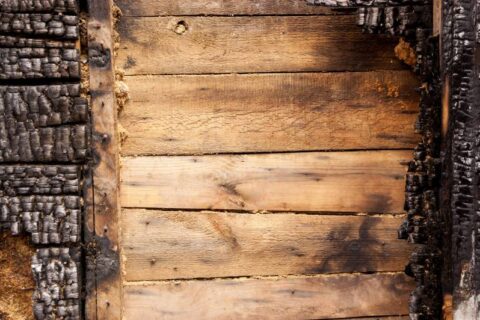Fire Damage Restoration Steps for Restoring the Property

Fire damage can cause severe harm to your property, and it is safe to wait for professional restoration experts to remediate your house. Knowing the fire damage restoration steps beforehand can help you minimize the damage and mitigate the disaster.
It is essential to know the steps involved to make sure the officials correctly follow them.
- Inspect property: Check for any visible structural damage to the property and ensure the property is safe and stable before entering your home. When in doubt, wait for a thorough inspection by authorities to be safe.
- Contain the damage: Identify objects not destroyed by fire such as metals, textiles, and furniture and remove them before they are destroyed by the smoke and soot left by the fire. Clean the materials properly to save them from corrosion, discoloration by the soot, or mold infestations.
- Check for mold or mildew: Look for signs of water damage caused by the fire extinguishing process. If you detect or suspect the formation of mold, ensure that you work on to minimize damage to your property. Ensure that you get your electronic items checked by a certified electrician to reduce the risk of mishappening due to corrosion or rust formation in its components, making them irreversible. To improve the air quality inside the house, you should get the smoke cleaned by an air scrubber.
- Remove and clean the debris/soot: it’s essential to clear the debris to make enough space for the further restoration process. Sweep up the residue as it can cause damage to the surfaces at your house. Improve the air quality by vacuuming and removing any airborne odors.
- Discard damaged possession: For safety, remove items that are too damaged for restoration. The things which are working fine should be removed, cleaned and put in the home after the restoration process is complete.
- Dry wet surfaces: Use large fans and dehumidifiers to dry out and eliminate excess moisture from the air and walls and carpets.
- Begin repair and renovation: Deep clean the stains on the walls and carpets. Make sure that you use cleaning products specific to the material you are cleaning and deodorizing.
- Further steps: Shampoo the carpets, deep wash the fabrics and inspect other materials for the extent of smoke penetration and mold development. Ensure that you are updated by professionals to get information about the objects that can be salvaged and which cannot.
Visit our article: steps involved in fire restoration process for detailed information about fire damage restoration steps you need to take to restore your property effectively.


